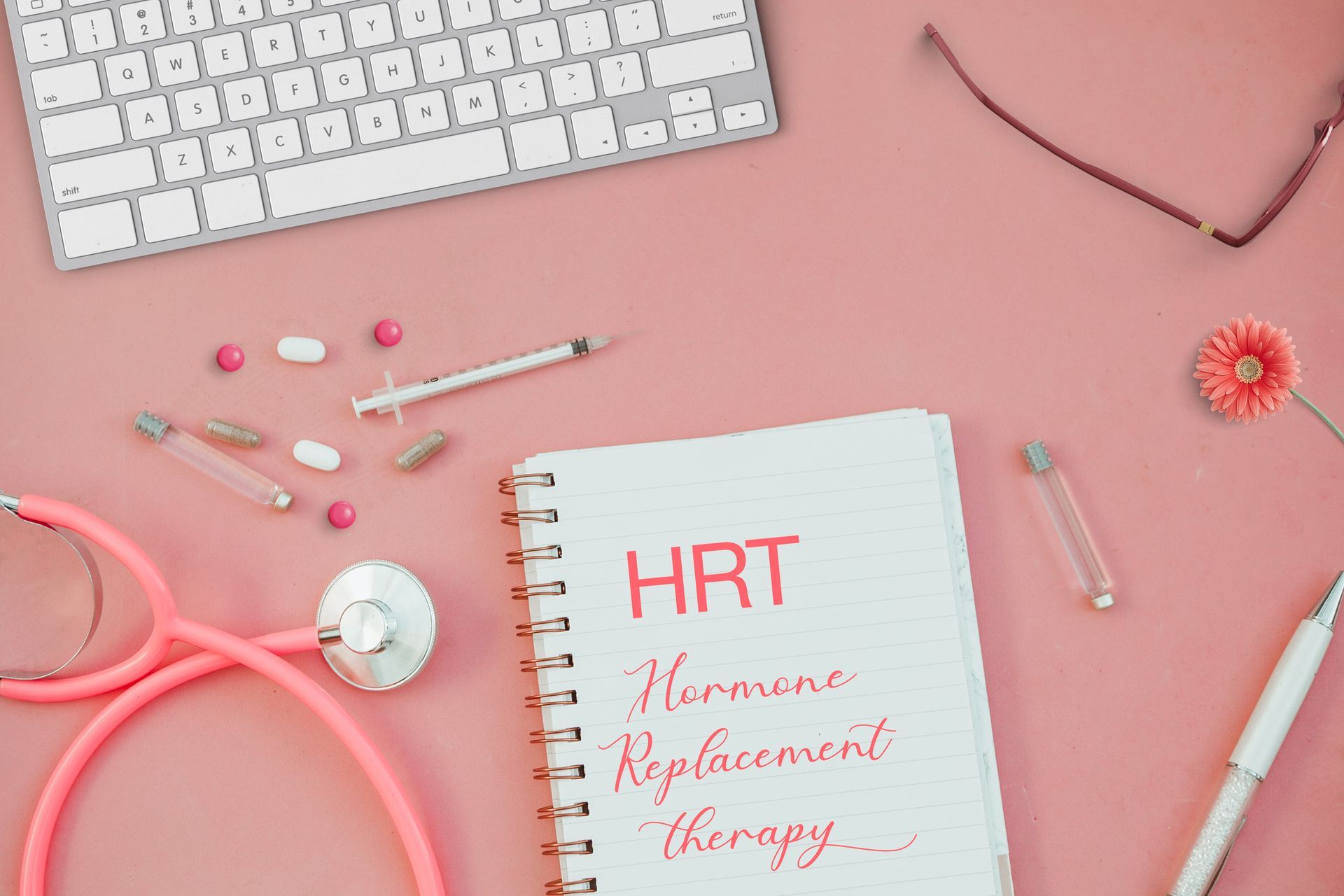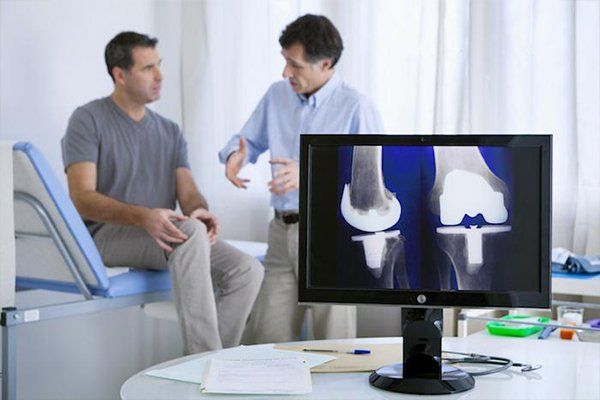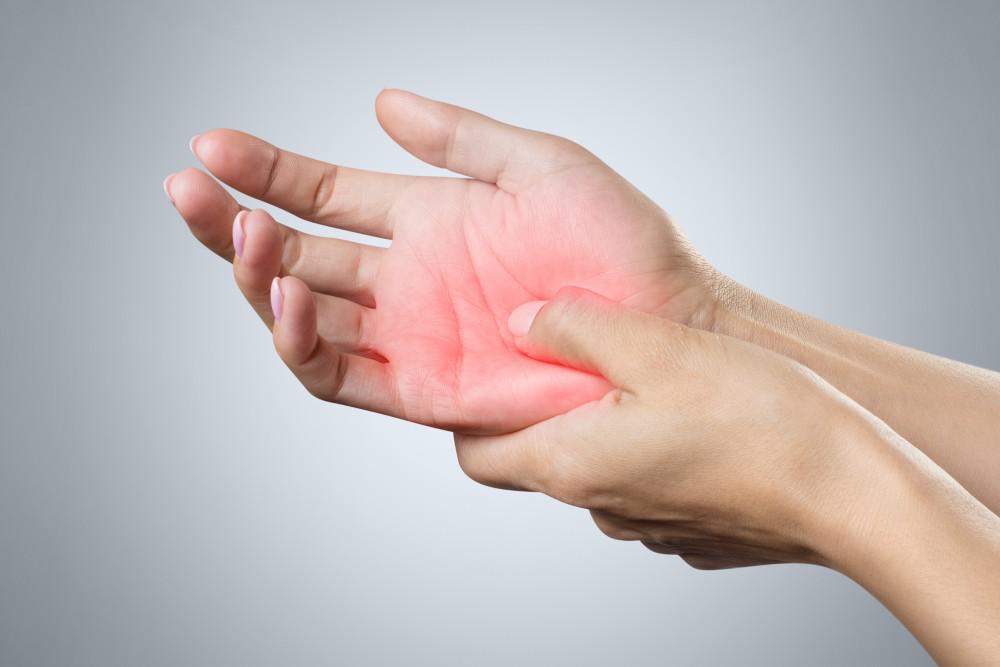How to Tell the Difference between Tension Headaches and Migraines

Headaches and migraines can be unbearable. Surveys reveal that these two afflictions are a common reason for skipping work or school.
Surveys also show that patients suffering from headaches and migraines often hide the real reason why they couldn’t attend work, fearing that head pain isn’t a serious enough reason to take a day off to recover.
A migraine is a type of headache that’s associated with pain on one side of the head. In some cases, these painful episodes may last up to four hours. Hormonal changes, weather changes, loud noises, perfumes, pollutants, and even certain foods can all trigger migraine symptoms.
On the other hand, tension headaches are accompanied by a dull pain and a feeling of tightness or pressure in the forehead area or near the back of the head. These headaches can last between half an hour and one week.
We asked our staff at Northview Medical to go more in-depth about how tension headaches and migraines manifest themselves. Read on to learn how you can tell the difference between the two.
Tension headaches vs. migraines
Anywhere between 30% and 80% of American adults suffer from occasional tension headaches. These can be caused by tension in the neck and shoulders, alcohol use, eye strain, stress, and sinus infections. These headaches are not a condition in and of themselves, but rather a symptom of stress, strain, and tension.
Migraines, on the other hand, are a primary condition, not a symptom of an underlying condition. They affect 12% of the general population and may cause the following symptoms:
- Light sensitivity
- Smell sensitivity
- Food cravings
- Blurring vision
- Flashing lights
- Slurred speech
- Difficulty understanding what others are saying
- Difficulty writing down words or sentences
- Painful episodes
Although migraines are often synonymous with pain, you don’t have to experience pain to have a migraine. Migraines without pain are called ‘’typical aura without headache,’’ meaning they have all the symptoms of speech, motor, and vision disturbances without any pain.
Treatment options for tension headaches and migraines
Both tension headaches and migraines respond well to preventive measures such as eliminating alcohol, implementing stress-coping strategies, and eliminating specific triggers.
Aside from helping you take preventive measures, at Northview Medical, we use brain scans to look for a potential underlying cause of your symptoms and prescribe a customized treatment plan. The plan may include nerve blocks, chiropractic care, and massage therapy.
Our staff can help you get to the bottom of your symptoms and put together a plan that not only works but also doesn’t come with any of the negative side effects associated with prescription painkillers. If you live near Cheyenne, Wyoming, contact us to schedule an appointment.










